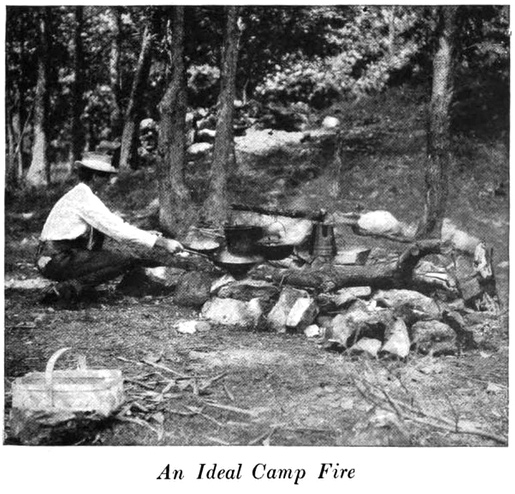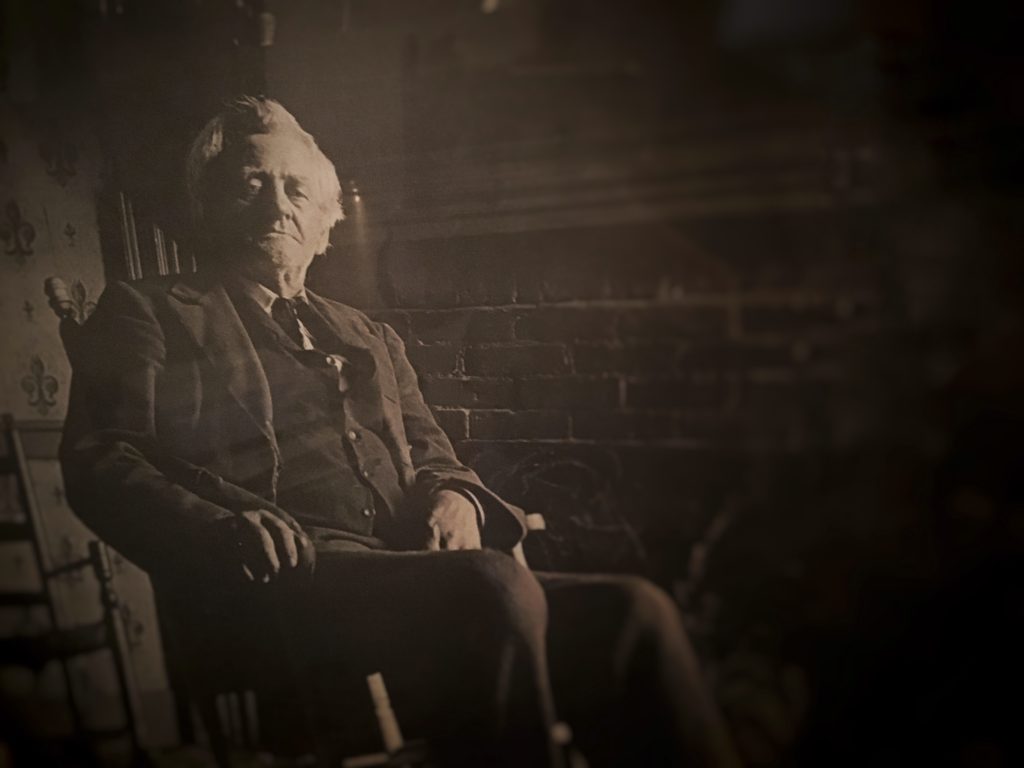
With warm weather upon us, this article about how to preserve fresh fish in warm weather seemed useful. It comes from “The Sportsman’s Hand Book” by Col. Horace Park, 1886. If you have any tips or insights, please post them in the comments.

With warm weather upon us, this article about how to preserve fresh fish in warm weather seemed useful. It comes from “The Sportsman’s Hand Book” by Col. Horace Park, 1886. If you have any tips or insights, please post them in the comments.

This tip was found in “The Way of the Woods: A Manual for Sportsmen in Northeastern United States and Canada,” by Edward Breck, 1908. I have been trying it out all week and it seems to work. Let me know your experience with it. It works differently depending on whether you are in the northern or southern hemispheres.

Hopefully I’ll come across more camp recipes this summer like these for fish chowder. The ingredients all seem to be portable without much hassle except for the milk. It seems like water can be substituted for milk when you don’t have access to refrigeration. These were found in “Camping and Camp Cooking” by Frank A. Bates, 1914

Without the conveniences of home, basic tasks require some preparation. I found this resource for how to boil water without a kettle in “The Book of Camping and Woodcraft: A Guidebook for those who Travel in the Wilderness,” by Horace Kephart, 1906.

Many a night camping has been spent tossing and turning. And that’s when you don’t pitch your tent over a prairie dog hole – but that’s a story for another time. I was surprised to find that there were air mattresses available in the early 1900s.
The better option, it seems, and one where you don’t have to tote an air mattress around is the browse or bough bed. This excerpt comes from “The Way of the Woods: A Manual for Sportsmen in Northeastern United States and Canada” by Edward Breck, 1908.

In this last installment about “mountain travel” from “Mountain Scouting, A Hand-Book for Officers and Soldiers on the Frontiers” by Edward S. Farrow, U.S. Army, 1881, Farrow points out the usefulness of signals in communicating over long distances. I’m used to being able to pick up my phone and sending a text or email, but without that convenience, having a system of signals worked out surely would have been a great advantage. Although technology is ever present (how else would I be writing this entry), I’m jealous of a lifestyle where society wasn’t as “connected” – where the use of signals etc. was even a consideration. It’s also a reminder of how things have changed to hear Farrow mention “savages” and that he believed them to have a “superstitious nature.” Also, I’m pretty sure it wouldn’t be as easy to pick up a dog to relay your messages these days.

The man pictured above is my great great grandfather, Lebbeus Hammond Mathews. In the generations that have passed from his time until mine, the vintage skills needed for everyday survival have vanished.
Read more